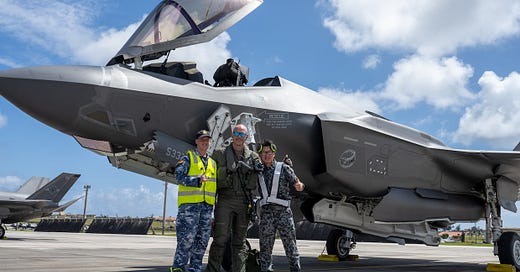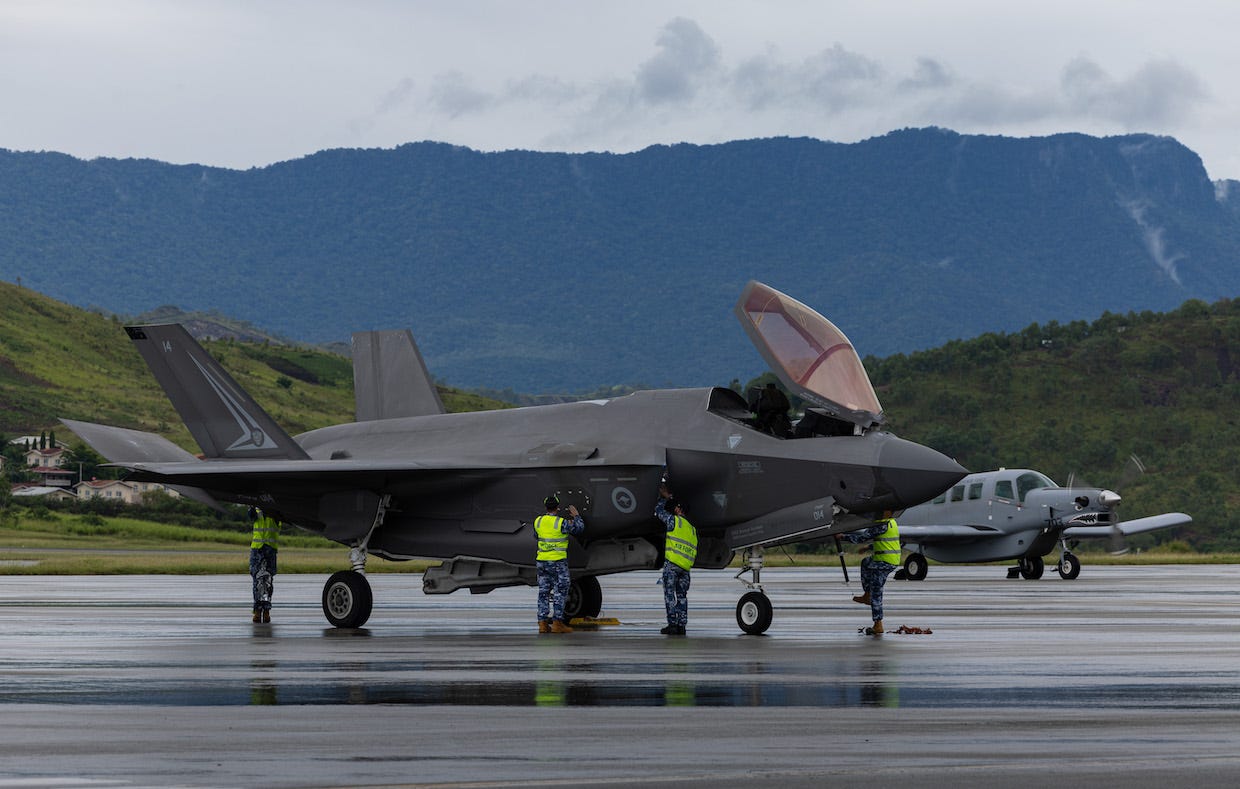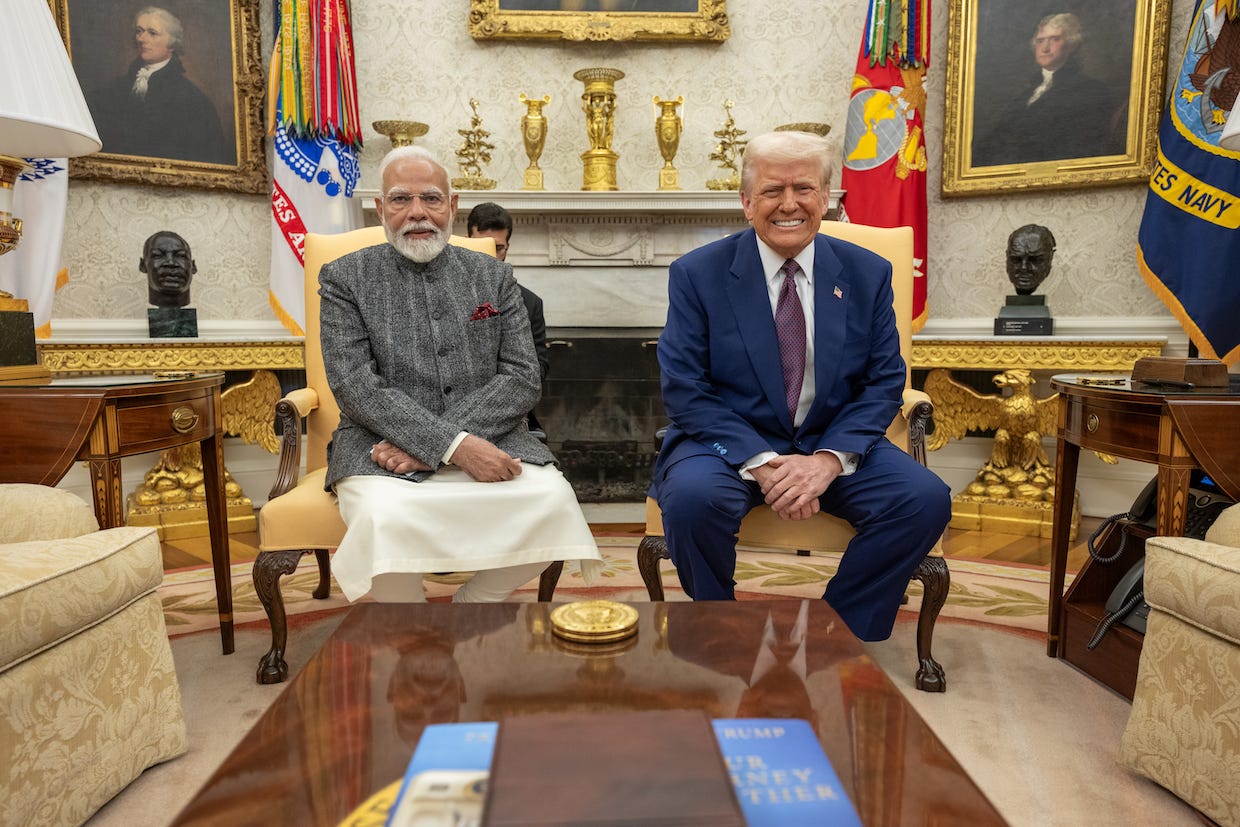Stealth jet diplomacy takes off in the Indo-Pacific
The US's recent promotion of the F-35 underscores the jet's growing role in military cooperation and defense diplomacy.
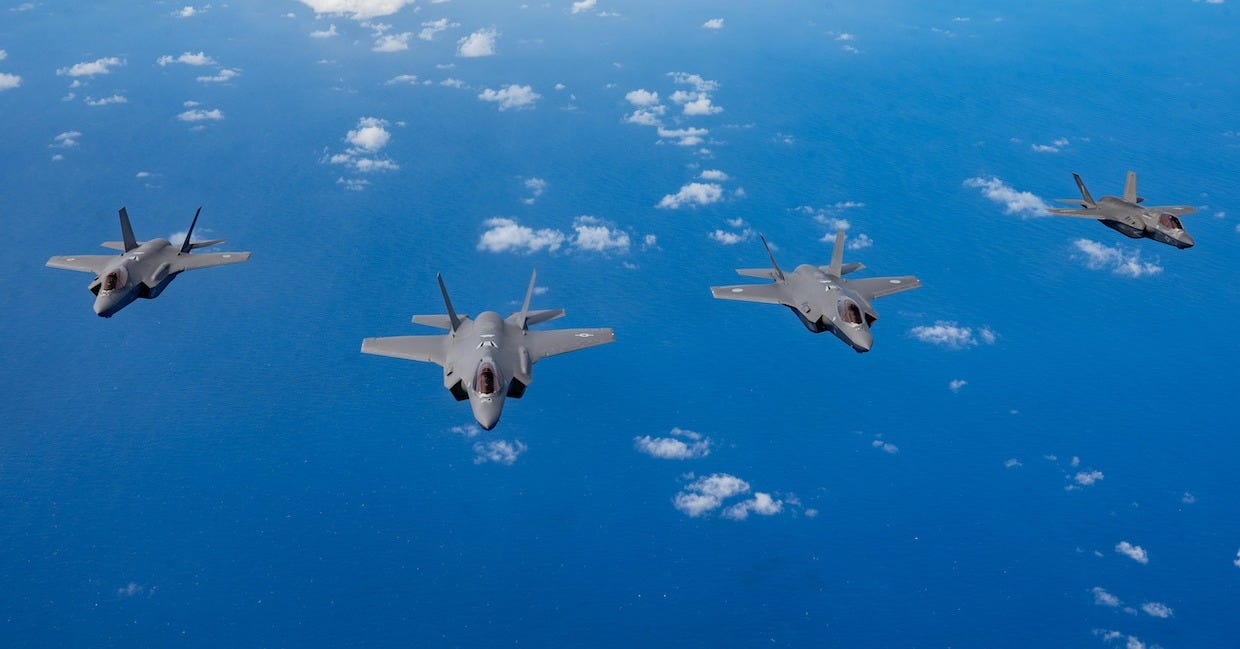
The US showed off its F-35 on opposite corners of the Indo-Pacific in February, using the fifth-generation fighter to strengthen military ties with some of its closest allies and promote deeper defense relations with what could be a major new buyer of the jet.
The gestures show how the F-35, considered the most advanced and capable stealth fighter jet on the market, has become vital to American military strategy and defense diplomacy, allowing the US to bind like-minded militaries closer together and appeal to countries seeking better hardware and training.
February began with US, Japanese, and Australian aircraft gathering in Guam for this year’s Cope North exercise. Cope North started as a US-Japan exercise in 1978 and expanded to include Australia in 2012, but this year’s edition was the first since those countries agreed last year “to enhance trilateral air interoperability” by integrating their F-35 fleets during exercises in 2025 and 2026.
Ely Ratner, the assistant secretary of defense for the Indo-Pacific during the Biden administration, called that integration “a powerful” addition “to our capability and deterrence in the region” during an event last year, and officials at Cope North underscored the importance of bringing their jets and personnel together.
“When you have many different nations flying the same aircraft, it’s important to train together so that we learn small differences” in how each side employs and maintains its planes, Col. Charles Schuck, commander of the US Air Force's 3rd Wing, said in a press release. “We’ll never learn those differences without actually exercising together.”
The US is the world’s largest F-35 operator, and this year the Air Force’s F-35A and the Marine Corps' F-35B were among 62 US aircraft at Cope North. Australia recently received the last of the 72 F-35As it has ordered, and it sent eight of them to Guam for the exercise. Japan, which plans to buy well over 100 F-35As and F-35Bs, sent six F-35As. Other US fighter aircraft also took part, and each country sent tankers, command-and-control aircraft, and cargo planes to support the drills.
Personnel from each country were involved in planning, briefing, conducting, and debriefing operations at the exercise. Aircrew, maintenance, security forces, logistics, and intelligence units were all integrated, and there were multiple tours of each country’s refueling and command-and-control aircraft. Other aspects of the exercise, such as using foreign facilities and bridging languages and cultures — the latter an area of emphasis during recent US-led exercises — reflected efforts to move from those forces being interoperable to being interchangeable.
Beyond exercises, F-35s have taken on a role in the US military’s efforts to bolster its relationships in the Indo-Pacific region amid broader competition with China. Last March, US Air Force F-35s made first-of-their-kind visits to Brunei, Singapore, and Thailand. (The US’s other stealth jet, the F-22, made a similar tour of Southeast Asia in August.)
Australia, which is making its own efforts to counter China’s growing influence among Pacific Island countries, followed suit this year: Days after Cope North concluded, Australian F-35s returning from the exercise made their first visit to Papua New Guinea, just as the countries began negotiating a new defense treaty.
‘Defense diplomacy is the core of diplomacy’
While F-35s trained in the Pacific, the US employed the jet for a different mission on opposite ends of the region.
In Washington DC on February 13, President Donald Trump emerged from a meeting with Indian Prime Minister Narendra Modi and touted increased defense cooperation and arms sales. “Starting this year, we’ll be increasing military sales to India by many billions of dollars. We’re also paving the way to ultimately provide India with the F-35 stealth fighters,” Trump said at a press conference.
In a joint statement, the US and India said their leaders had “determined that the US would expand defense sales and co-production with India to strengthen interoperability” and that they would “review their respective arms transfer regulations” to “streamline defense trade.” The US also announced “a review of its policy on releasing fifth generation fighters” to India.
Whether India will join the 19 other countries that have bought the F-35 is far from settled — an Indian official said it was only “at the stage of a proposal,” and any deal would take years to finalize — but the offer continues a US embrace of India that has intensified since the late 2000s.
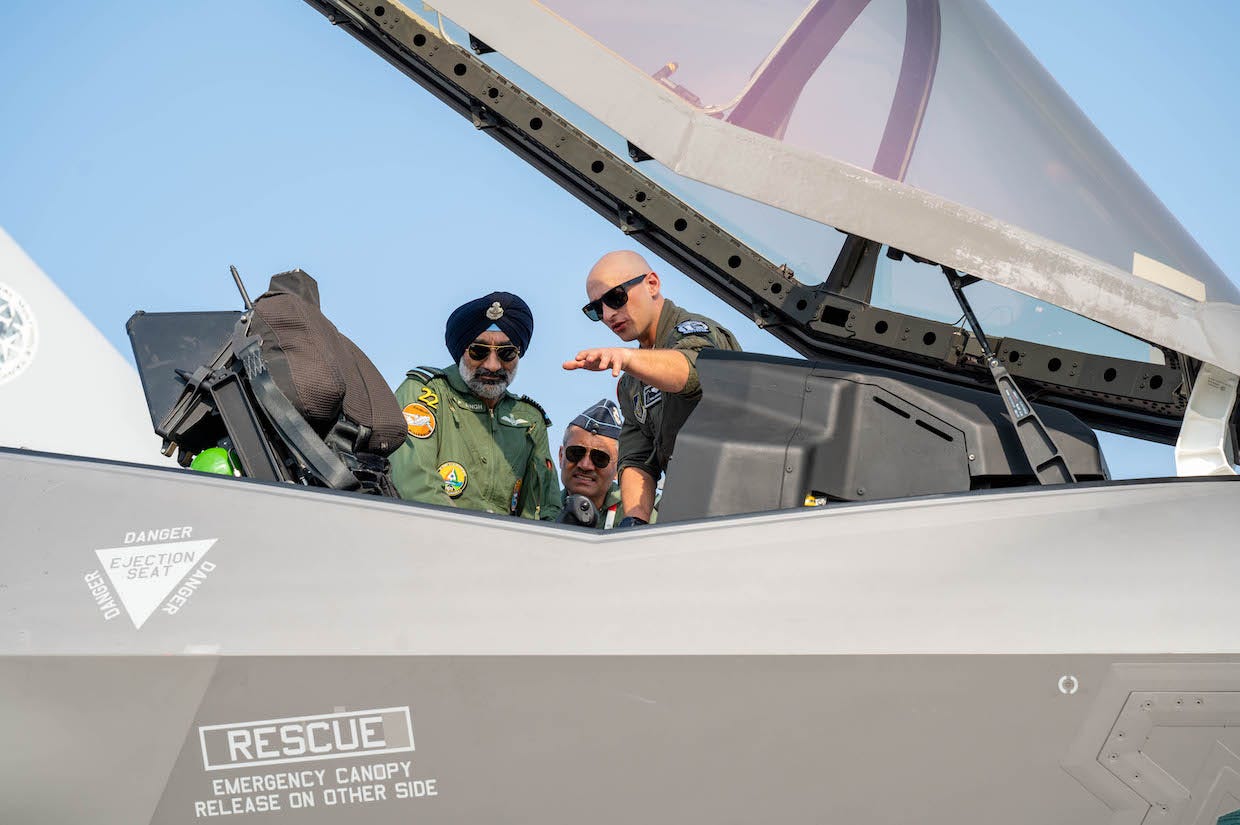
Prior to 2008, US defense sales to India were negligible, but they have since risen to more than $20 billion, with India making major purchases of submarine-hunting aircraft, cargo planes, missiles, and other US hardware. Under Biden, US and Indian firms sealed a major deal to co-produce US-designed military jet engines in India, a boon for New Delhi’s ambitions to increase domestic defense-industrial capacity. The deals continued into Biden’s final weeks, closing with an agreement to co-produce sonobuoys, which will support the two countries’ mutual interest in tracking Chinese submarines in the Indian Ocean.
Increased defense cooperation “is one of the most remarkable aspects” of US-India relations over the past two decades, Tanvi Madan, a senior fellow at the Brookings Institute, said on a recent podcast. “If you'd asked 20, 25 years ago what was going to be the driving force or aspects of this relationship, most people would have probably said economic ties, and it's really been this defense and security side of the relationship.”
That trend is driven in part by “shared concern about a rising China's assertiveness,” and if their “strategic convergence” continues, India will continue increasing defense cooperation with the US, Madan said, but India’s fiscal situation and its military ties to Russia mean “there's a lot of skepticism that India would actually buy the F-35.”
Russia still provides 60% of India’s defense equipment, and India’s Russian-made weapons, including fighter jets and the S-400 air-defense system, could complicate an F-35 bid, given US concerns about its weapons interacting with Russian systems. As Trump and Modi met in Washington, Russia’s desire to maintain those defense ties was on display at the Aero India air show in southern India, where Moscow showed off its newest combat jet, the Su-57, which it bills as fifth-generation multirole fighter.
It was the Su-57’s first time at the biennial air show, and it led to a rare encounter with the F-35, which made its Aero India debut in 2023.
After years of struggling to develop the Su-57, Russia is eager to export it. Algeria recently became the first foreign buyer, and Russian officials said the jet “triggered major interest” at the air show and that they were ready to offer India “full cooperation” to acquire it, including joint production in India and assistance with India’s own fifth-generation fighter project, the Advanced Medium Combat Aircraft, which is expected to arrive a decade from now.
India is pursuing domestic and foreign options to modernize and expand its shrinking and aging air force. Su-57s or F-35s could help fill capability gaps in the near-term, and such a purchase would boost India’s defense ties to either country. The Trump administration in particular has made big-ticket arms sales to India a priority.
But there is skepticism about the Su-57’s quality and questions about whether the F-35 would meet India’s needs. Buying either jet could also detract from investments in homegrown aircraft, which India has prioritized in its efforts to expand domestic defense capacity.
Whatever India does, the offers reflect the emphasis that military powers are putting on defense cooperation to forge new partnerships and strengthen existing ones.
“Defense sector is a big money, and India happens to be one of the top buyers in the world,” Vinod Bhatia, India’s director-general for military operations from 2012 to 2014, told the Associated Press after the Trump-Modi meeting. Their get-together, Bhatia said, showed that “defense diplomacy is the core of diplomacy these days.”


